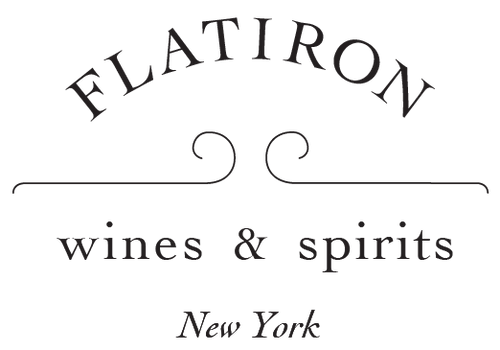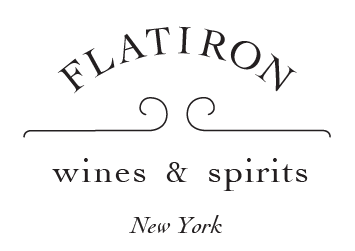Two of Eric's three selections are from J.L. Chave Selection. Jean-Louis Chave is best known for his Hermitage bottlings, incredibly rare red and white wines with price tags to match. But Jean Louis also makes amazing wines (which we have featured many times in our Newsletters) under his negociant label, including the Crozes-Hermitage and Saint Joseph featured today. These wines hail from terroirs not too far from Hermitage (or from each other) and yet they are fascinatingly distinct expressions of Syrah.
Cornas, at the southern tip of the Northern Rhône makes some of the most intense Syrah wines. Steep slopes allow the vines to receive maximal sunshine, and its southerly position means it's noticeably warmer than, say, Côte-Rôtie. Cornas grapes typically ripen a whole week earlier than their neighboring villages'.
Eric's third featured grower, Vincent Paris, inherited prime real estate from his uncle, Robert Michel, who was considered a pioneer of high-quality wines in the region. Vincent is clearly following in his uncle's footsteps, crafting wines of great purity and concentration.
Join us in our continued exploration of the Northern Rhône with Asimov's recommended wines.
Made 60% from vines owned by the Domaine on the back side of the hill of Hermitage. It’s usually wrong to think of Crozes as “baby Hermitage” because the soils are usually so different, but in this case, with its hillside granitic soils, the description is perfectly apt!
Jean-Louis uses his domaine's young vines, which produce less tannic berries, and some sourced fruit from the AOC's northern corners, where the grapes are naturally fresh and elegant. Chave, of course, makes the wine with the same light touch as he uses for his Hermitage, in a style that emphasizes fruit purity rather than power.
The name of this wine explains everything you need to know: it's Cornas, on granite slopes at a 30-degree angle. The vines are organically farmed, and Vincent would rather have a small amount of perfect grapes than a larger number of middling quality — he prunes far beyond what is considered standard in the region. Ultimately, Vincent wants his land (most of which he inherited from his grandfather and uncle) to be in perfect balance and as healthy as possible.
READ MORE:
The Northern Rhone is a favorite region among many wine-lovers, so we thought it was time to create a comprehensive guide.
How to use this guide:
- 1. Read the previews of each blog post.
- 2. Click the title links to read the entire post.
- 3. Become an expert in the Northern Rhone.
- 4. Follow the links in each post to purchase some NR wines.
- 5. Become a lover of the Northern Rhone.
(It's that easy!)
Hermitage produces the greatest Syrah-based wines from anywhere. Cote Rotie, maybe even Cornas, might be hipper than Hermitage these days. But, in my mind, it's similar to the way that the wines of the Jura are hipper than, say, Chambertin from Burgundy. Sure, the cool kids drink more Jura, but they never turn down a taste of Chambertin. Because Chambertin is better. And likewise, Hermitage is better than Cornas. It’s probably also better than Cote Rotie.
Syrah is one of the greatest grape varieties that produces wine.
Here are all your questions about the grape answered.
Allen Meadows, more familiarly known as Burghound, was once asked what wines he likes to drink most from outside of Burgundy. His answer was Cote Rotie. I've heard this kind of answer again and again from wine drinkers who love Burgundy.
For years, Cornas was just another “value” village of the Northern Rhone, with a reputation more like St. Joseph, say, than Cote Rotie or Hermitage. It was deemed “rustic” and a source for “country” wine. Things have changed!
Eric Asimov, writing in the New York Times, gave us a super shout-out when he declared that we are one of the “great New York City wine shops,” and one of the rare wine stores in America where you can actually find the wines that he recommends in the New York Times.

